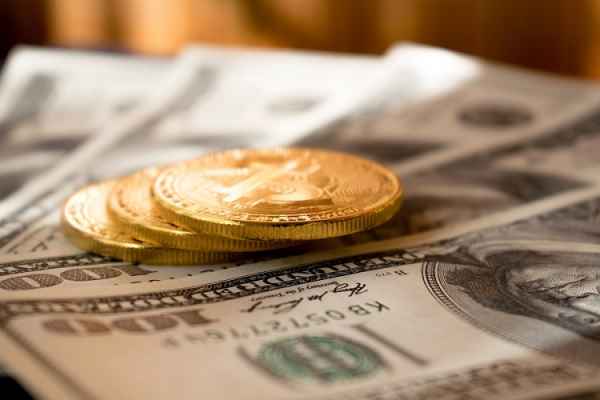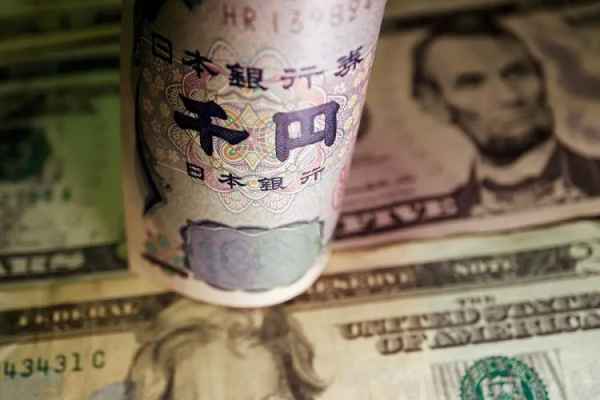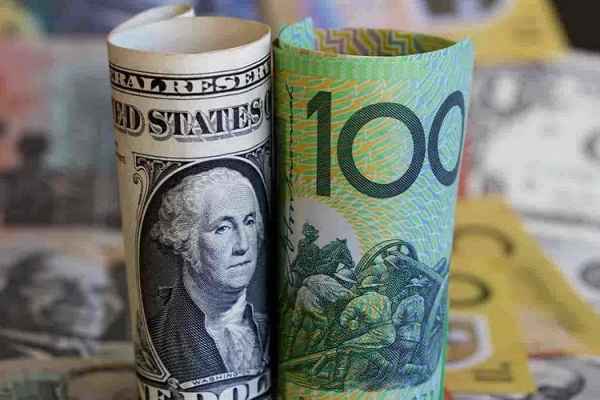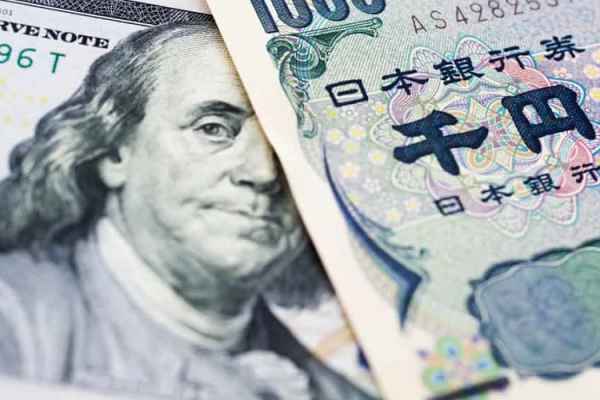US Dollar traders need additional data to reconfirm the timing of the Fed's rate cut and determine the greenback's next direction.
The greenback delivered a mediocre performance on major pairs in Tuesday's trading despite US Treasury yields rising as the odds of a Fed rate cut in June diminished. The US Dollar Index (DXY) was resting at around 104.15 when the news was written at the start of the New York session.
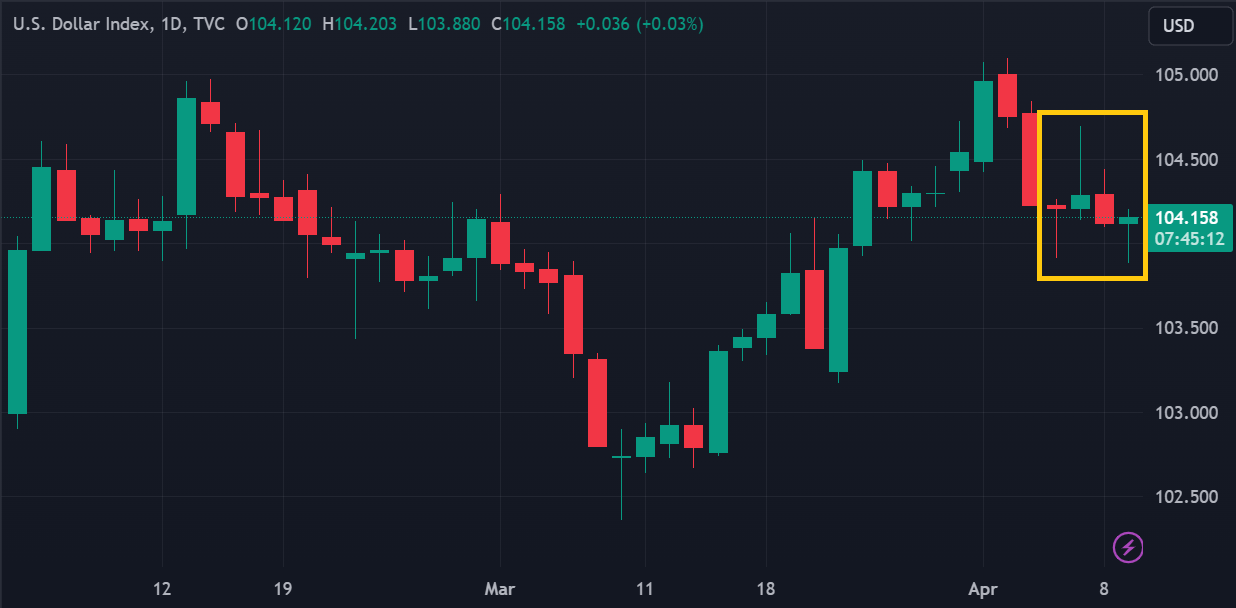
The publication of Nonfarm Payroll data at the end of last week has dampened expectations of a Fed rate cut. The market now expects the Federal Reserve only to cut interest rates by 62 basis points this year, much lower than the 150 basis point cut speculation circulating in January.
CME's FedWatch shows a 49% chance for a rate cut scenario starting in June. Unfortunately, the hawkish turn failed to boost the US dollar to higher ranges.
Several experts reminded us of the need for additional data to reconfirm the timing of the Fed's future rate cuts. Particularly as the payrolls lead contrasted with the setback in the US non-manufacturing sector released earlier.
"We should always be cautious with these (US) payroll numbers because they are highly susceptible to significant revisions over time," said Guy Miller, chief market strategist at Zurich Insurance Group, "But it does paint a picture of a still-tight (US) labor market."
Fed officials gave mixed signals. After releasing the payroll data, Dallas Fed President Lorie Logan indicated a rejection of looser monetary policy. On the other hand, Chicago Fed President Austan Goolsbee said that the Fed should consider how much longer they can keep current interest rates without hurting the economy.
Tomorrow's CPI inflation data release is the next market highlight amid this uncertainty. The provisional consensus expects the annual CPI figure to increase from 3.2% to 3.4% by March 2024. Actual data that deviates from the forecast - either much higher or much lower - can trigger turmoil in the currency market.
"Recent developments have increased the risk that (the Fed) will lag other major central banks when cutting rates," MUFG analysts said in a note quoted by Reuters, "Further positive inflation surprises could trigger a more hawkish reassessment of Fed rate cut expectations and open up the possibility for the US dollar to break higher."

 Dedicated FREE FOREX VPS
Dedicated FREE FOREX VPS Free FOREX Virtual Private Server
Free FOREX Virtual Private Server MT4 Demo Contest, Get $500
MT4 Demo Contest, Get $500 Sign Up for an Account, Claim 60% Deposit Bonus
Sign Up for an Account, Claim 60% Deposit Bonus Free MT4/MT5 VPS 2024
Free MT4/MT5 VPS 2024 Send E-mail and Get Free Merchandise
Send E-mail and Get Free Merchandise $1K Refer a Friend Bonus for Pepperstone Pro clients
$1K Refer a Friend Bonus for Pepperstone Pro clients Maximize Your Earnings with 100% Deposit bonus
Maximize Your Earnings with 100% Deposit bonus Trade to Win, $5,000 Monthly Demo Contest
Trade to Win, $5,000 Monthly Demo Contest Claim 30% + 15% Deposit Bonus from LiteFinance
Claim 30% + 15% Deposit Bonus from LiteFinance


